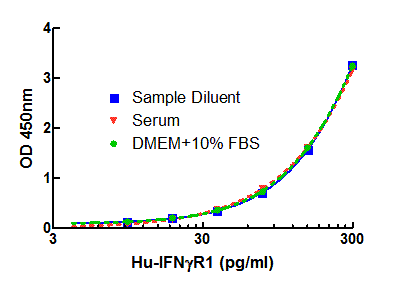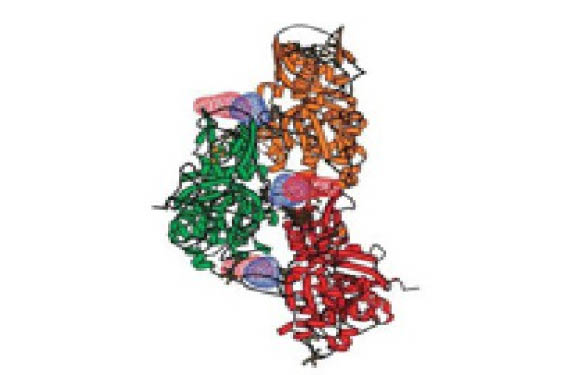Deak AT et al. decipher the mechanisms by which mitochondria contribute to Ca2+ intracellular signaling. In their recent paper (1), they show that mitochondrial “Ca2+ buffering” close to the Endoplasmic Reticulum predominately shapes cytosolic Ca2+ micro-domains. To perform their studies, the authors used stable knock-down (KD) HeLa cellular models optimized for loss-of-function analysis.
Two proteins known to be essential for mitochondrial Ca2+ uptake (Mitochondrial Calcium Uniporter (MCU) or Uncoupling Protein 2 (UCP2)) have thus been stably silenced with sh-RNA engineered HeLa cell lines (MCU-KD and UCP2-KD HeLa cell lines). This shRNA technology has already been used in Drug Discovery approaches (ex. PARP inhibitors efficiency by Synthetic Lethality in Hypoxic conditions). (2)
Finally, the authors present two diagrams illustrating the role of mitochondrial Ca2+ uptake for Stromal Interacting Molecule 1 (STIM1) oligomerization and Store-Operated Ca2+ Entry (SOCE) maintainance in their HeLa cellular models.
Want to know more?
(1) Deak AT et al. “Inositol-1,4,5-trisphosphate (IP3)-mediated STIM1 oligomerization requires intact mitochondrial Ca2+ uptake” (2014) J Cell Sci. 2014 May 7. DOI: 10.1242/?jcs.149807
(2) Mennesson E. et al. “SilenciX®, novel stable knock-down cellular models to screen new molecular targets through the synthetic lethality approach” (“Experimental and Molecular Therapeutics” poster session – AACR 2014, San Diego) Abstract n° 3733
Congratulations to the authors!



